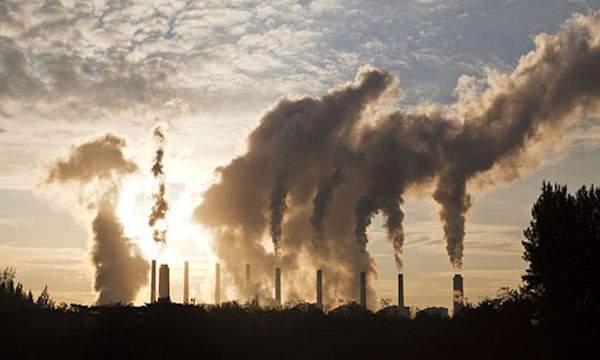| [Visitor (112.0.*.*)]answers [Chinese ] | Time :2023-10-29 |  "Industrial three wastes" refers to the "waste water, waste residue and waste gas" emitted by industrial production. "Industrial three wastes" refers to the "waste water, waste residue and waste gas" emitted by industrial production.
harm
"Industrial three wastes" contain a variety of toxic and harmful substances, if not properly treated, such as not meeting the prescribed emission standards and discharged into the environment (atmosphere, water, soil), exceeding the allowable amount of environmental self-purification capacity, it will pollute the environment, destroy the ecological balance and natural resources, affect industrial and agricultural production and people's health, pollutants in the environment after physical and chemical changes will produce new substances. Many of them are harmful to people's health. These substances enter the human body through different routes (respiratory tract, digestive tract, skin), some of which are directly harmful, and some of which have an accumulation effect, which will be more serious to human health. Different substances have different effects.Exhaust gases such as: carbon dioxide, carbon disulfide, hydrogen sulfide, fluoride, nitrogen oxides, chlorine, chlorine hydrogen, carbon monoxide, sulfuric acid (fog), lead, mercury, beryllium, soot and production dust, discharged into the atmosphere, will pollute the air. Wastewater discharged into rivers, lakes and seas will lead to water quality deterioration, damage aquatic resources and affect water for life and production...
Solution:
Industrial waste residue can damage environmental hygiene, pollute water and air, etc. At the same time, "waste residue" is a natural resource, and it is necessary to find ways to use it to open up new sources of raw materials and reduce pollution to the environment. All "waste slag" that has comprehensive utilization experience, such as: blast furnace slag, steel slag, coal ash, sulfur iron ash, calcium carbide slag, red mud, white mud, coal washing slime, silicon-manganese slag, chromium slag, etc., must be included in the process design, capital construction and product production plan, the implementation of "one industry-based, multiple operations", shall not be discarded arbitrarily. The "waste residue" stacking site should occupy as little farmland as possible and not occupy fertile land. It is necessary to take measures to prevent dispersion and loss to prevent pollution of the atmosphere, water sources and soil.The impact of industrial "three wastes" discharge on the environment is often an important factor to be considered in the selection of regional industrial layout and plant site. For example, industrial enterprises generally avoid being placed upwind of urban residential areas and upstream of water sources; Some polluting industries such as metallurgy, chemical industry, and papermaking should be kept away from urban centers; Large industrial enterprises should have appropriate separation zones from the living areas to reduce the impact of environmental pollution. Vigorously adopting new processes, new technologies and new products with no pollution or less pollution, and carrying out comprehensive treatment of "three wastes" is one of the important ways to prevent and control industrial "three wastes" pollution and do a good job in environmental protection... |
|
